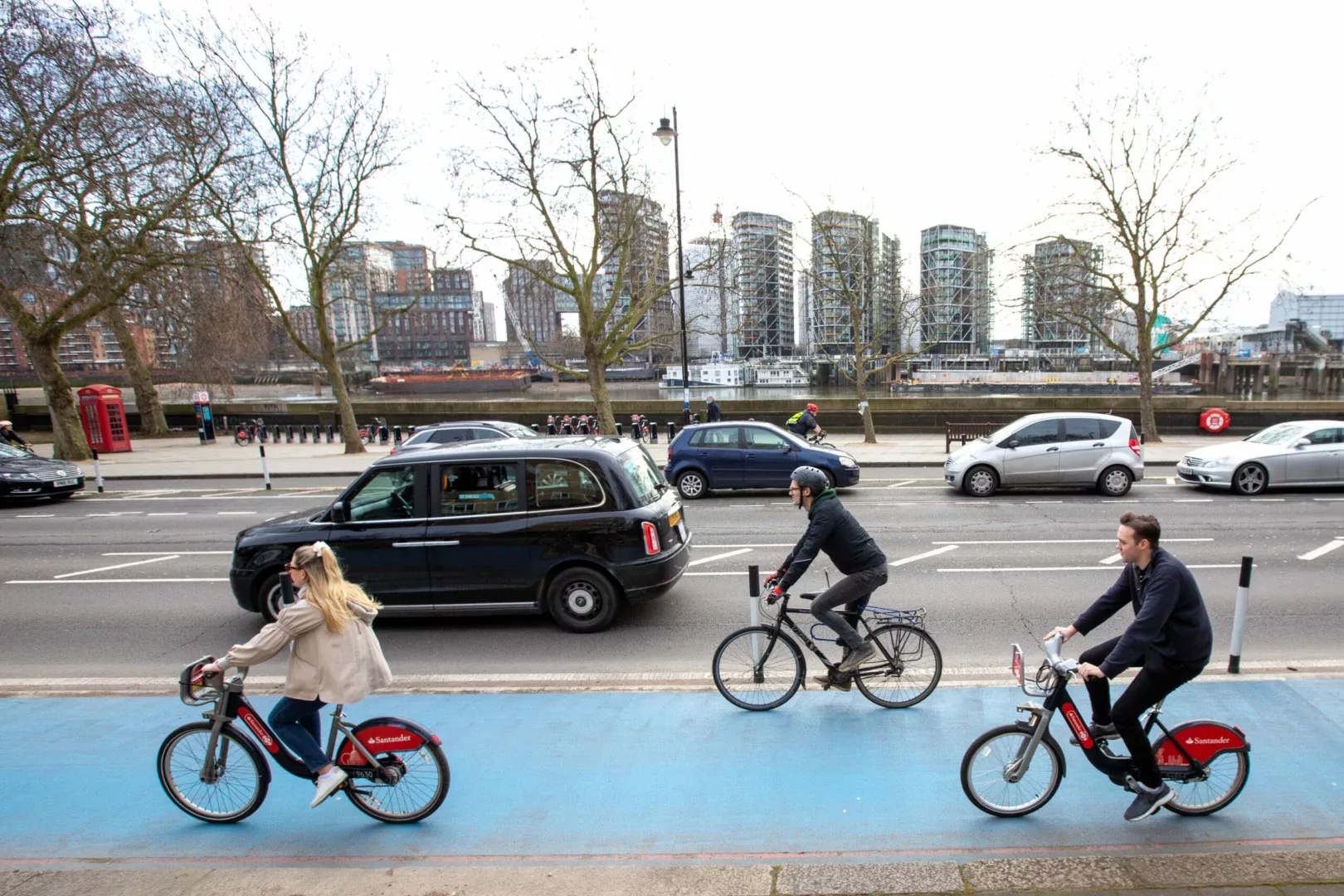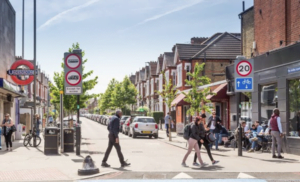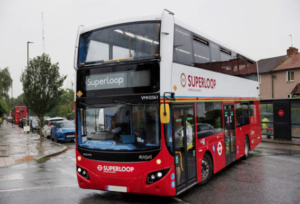Following a public consultation, Transport for London (TfL) has decided to keep experimental Cycleway changes installed during the pandemic on a permanent basis. The section between Lambeth Bridge and Chelsea Bridge forms part of the major Cycleway 8 (C8) route, which enables thousands of people each week to cycle safely between Battersea, Chelsea and Lambeth and onwards into central London.
The Cycleway changes were installed to enable more people to cycle and to reduce danger to them. TfL’s Strategic Cycling Analysis showed the route is in the top 5 per cent of routes with the greatest potential to get people to start cycling In the three years before the scheme was introduced, 10 people cycling at Chelsea Bridge were injured and one person was tragically killed.
The upgrades made to the route included a widened cycle lane, segregated from general traffic by wands, a relocated bus stop and bus stop bypass and banned movements at key junctions to protect people cycling from collisions.
Before taking a decision to retain the scheme permanently, TfL carried out extensive monitoring of the changes and held a public consultation. The monitoring showed the changes have had a positive effect on cycling levels, with overall cycle flows increasing by 20 per cent on Grosvenor Road and 17 per cent on Millbank. The consultation report, which has been published, shows that 52 per cent of respondents said they were cycling more, while 57 per cent said walking and cycling were safer.
The consultation has helped to shape TfL’s plans for improvements to the scheme, which will help to sustain and grow the positive impact it has had for people travelling through the area. These include the removal of footway cycling between Lupus Street and Chelsea Bridge. TfL will look to carry these improvements out subject to funding.
Will Norman, Walking and Cycling Commissioner said: “The safer and more attractive we make cycling, the more we can encourage Londoners to choose it as their mode of transport to get around, and the more we can protect the environment. This scheme has had a positive impact on both cycling numbers and safety, and these improvements will help get more Londoners walking and cycling around the capital as we continue to build a greener, safer London for everyone.”
Helen Cansick, TfL’s Head of Healthy Streets Investment, said: “We’re delighted to keep the changes on this important section of Cycleway on a permanent basis. Cycleway 8 is popular with people living in nearby neighbourhoods and beyond and we expect cycling to grow further as people realise that cycling is now a healthy, cheap and sustainable option for them to make local journeys. Working alongside the boroughs, we’re committed to growing our Cycleways network to reach even more people in the capital.”
Enabling more people to walk and cycle is essential to a healthier and more sustainable city for all Londoners. Routes such as the upgrade of the C8 route play an important role in the capital’s transport network, contributing to the Mayor’s target of 70 per cent of Londoners living within 400m of a high-quality cycle network by 2041. TfL continues to work with boroughs on continued expansion of the capital’s network of high-quality Cycleways, with 14.6km of new or upgraded cycle routes delivered since April last year and a further 13.9km in construction. In total, TfL aims to deliver at least 39km of new or upgraded cycle routes over the next 18 months, with the support of boroughs.





















